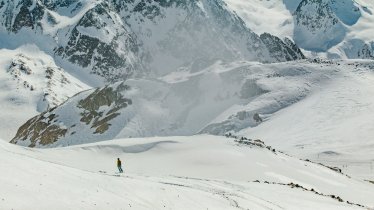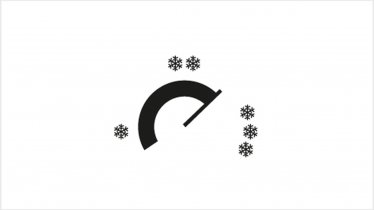When groomed runs are not quite challenging enough, you'll be thrilled to discover exciting alternatives to reach virtually untouched terrain with your skis or snowboard and take your winter thrills to new heights: Freeriding in Tirol’s mountains.
There’s more to freeskiing than physical challenge—it is arguably the thrill of a lifetime. It is the experience of intoxicating risk and opportunity. Freeskiers head for natural jumps, kickers and steeper terrain and cut fresh tracks. In effect, they are pushing the limits of what can be done outside the boundaries of ski resorts. The attractions are obvious – fresh, untracked snow and pristine, secluded mountain environments. However, freeskiers need plenty of mountain experience, the proper equipment and good skiing skills, to be able to head off safely into the backcountry.
The Essentials of Safe Backcountry Use
Freeskiing activities involve a variable amount of manageable risk. Avalanche rescue techniques and equipment, such as helmet, avalanche transceiver, collapsed probe, shovel, and preferably an avalanche airbag system, are all standard requirements. Special freeriding clinics and Snow & Avalanche Awareness Camps (SAAC) are programs where advanced skiers and riders are introduced to the basics of backcountry skills and avalanche awareness. Among others, participants will learn how to assess potential avalanche conditions and how to check snowpack.
There’s more to freeskiing than physical challenge—it is arguably the thrill of a lifetime. It is the experience of intoxicating risk and opportunity…













